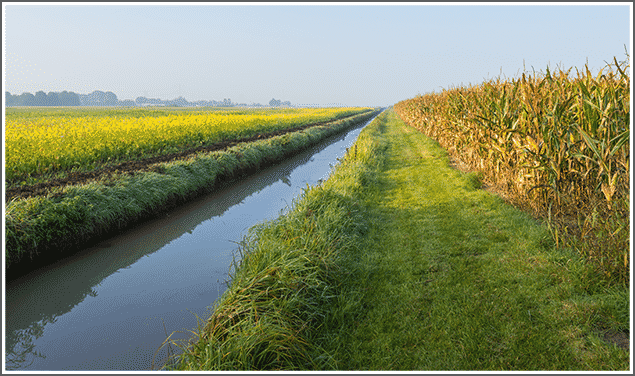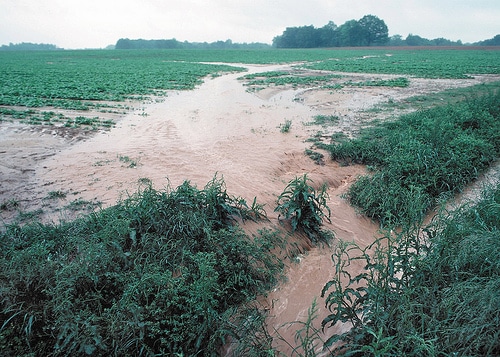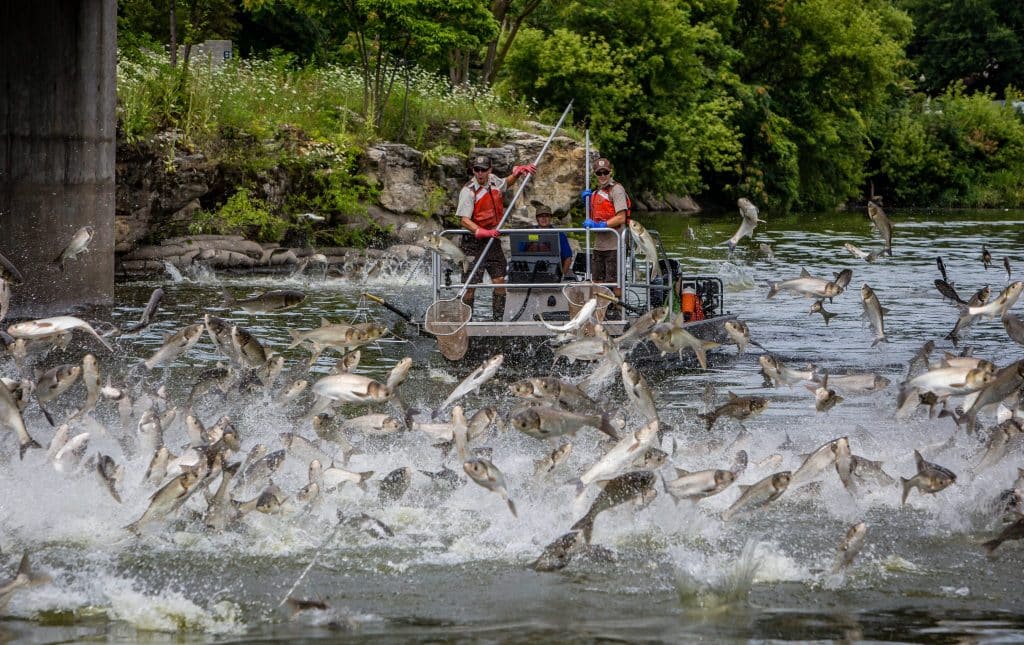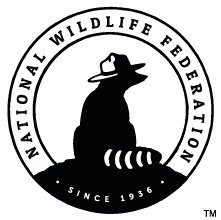Once, in the not-so-distant past, thousands upon thousands of miles of streams and rivers wound through the prairies, wetlands, and forests of Illinois. These rivers, and the ecosystems surrounding them, teemed with life – fish, birds, large mammals. And, of course, humans lived along and made use of these rivers for millennia. You can still talk to people whose grandparents recall the magnificent, bountiful waterways of Illinois.
And then, all of that changed. Illinois’ streams and rivers were used as open-sewers, carrying tons of industrial and agricultural pollution. These once thriving ecosystems were turned into relatively barren highways for commercial barges.
What happened? What happened to Illinois’ rivers? And can we repair the damage that has been done?
Here, we’re going to name and discuss the top 5 causes of degradation to Illinois’ rivers. We want to tell the story of what happened to Illinois’ rivers. We have to understand the sickness so that we can prescribe the proper remedy. And we’ll tell you what Prairie Rivers Network is doing to restore river health. To support our work, visit https://prairierivers.org/donate/. And you can sign up for news and alerts at www.prairierivers.org/riverweb.
What Happened to Illinois’ Rivers?
1. Alterations of the Landscape
Humans have altered natural land uses in radical ways, often right to the edge of waterways. In Illinois, agriculture is the most obvious example of this, with about 75% of the state’s total land devoted to agriculture. Urban and suburban land uses, while more concentrated in terms of acreage, often involve even more radical changes to the landscape. Land cover changes alter the timing of water flows and greatly affect water quality, particularly through the discharge of pollution and sediment into waterways, as well as through the alteration of water temperature.

2. Deliberate Alterations of Water Flows
Humans have deliberately altered water flows – changing the timing, volume, and often, the direction of water flows by way of drainage systems (ag the primary culprit in Illinois), diverted rivers, locks and dams, and reservoirs.

3. Disconnection from Floodplains
Sometimes disconnection from floodplains happens deliberately, with levees constructed to restrain the flow of the river. Other times, the altered water flows change the configuration of water channels, deepening them and making them more narrow so that floodwaters no longer spill over onto surrounding lands.
4. Pollution
For centuries we have used streams and rivers as places to get rid of pollution, both deliberately and unintentionally. The Clean Water Act helped reduce the amount of pollution spilling into our waterways from discrete sources (e.g. industrial pollution out of the end of a pipe), but ag runoff, which is not regulated, remains a huge problem in Illinois. And, of course, this ag pollution is a direct consequence of Problem #1, Alterations of the Landscape, given the amount of land in Illinois that has been converted to agriculture.

5. Invasive Species
Invasive species compete with native species for limited resources, reduce biodiversity, and can even cause extensions of native plants and animals. This leads to tremendous disruptions to the ecosystem, and often economic harm as well. Asian carp are perhaps the most well-known invasive species in Illinois’ rivers, but there are dozens of aquatic invasive species throughout Illinois, with many more threatening to invade. Human activity is often the source of invasive species. For example, there are dozens of invasive species threatening to move out of the Great Lakes and into Illinois’ rivers via the Chicago Area Waterway System, a man-made connection between the Mississippi River basin and the Great Lakes (see #2 Deliberate Alterations of Water Flows).

— — —
Rivers are communities of life, not just water flows. They are alive with life. And that life is not just in and on the river; it includes the countless species that make use of the river at some point during their lifetimes. Rivers are linked to and part of their floodplains, with all the life that evolved to thrive in natural, seasonal water flows.
Rivers can be more or less healthy. And we can measure their health by looking at the amount and types of life present. The health of this community – land, water, plants, animals, and people – is the goal of the work we do at Prairie Rivers Network.
Right now, to heal our rivers, Prairie Rivers Network is:
- Promoting better food and farming practices
- Restoring habitat along Illinois’ rivers
- Restoring rivers and their floodplains
- Holding polluters accountable for their pollution, particularly farm runoff and coal ash
- Preventing the transfer of aquatic invasive species, like Asian carp
If you would like to support our work, become a member today.







